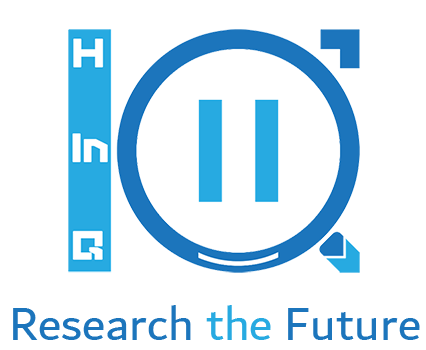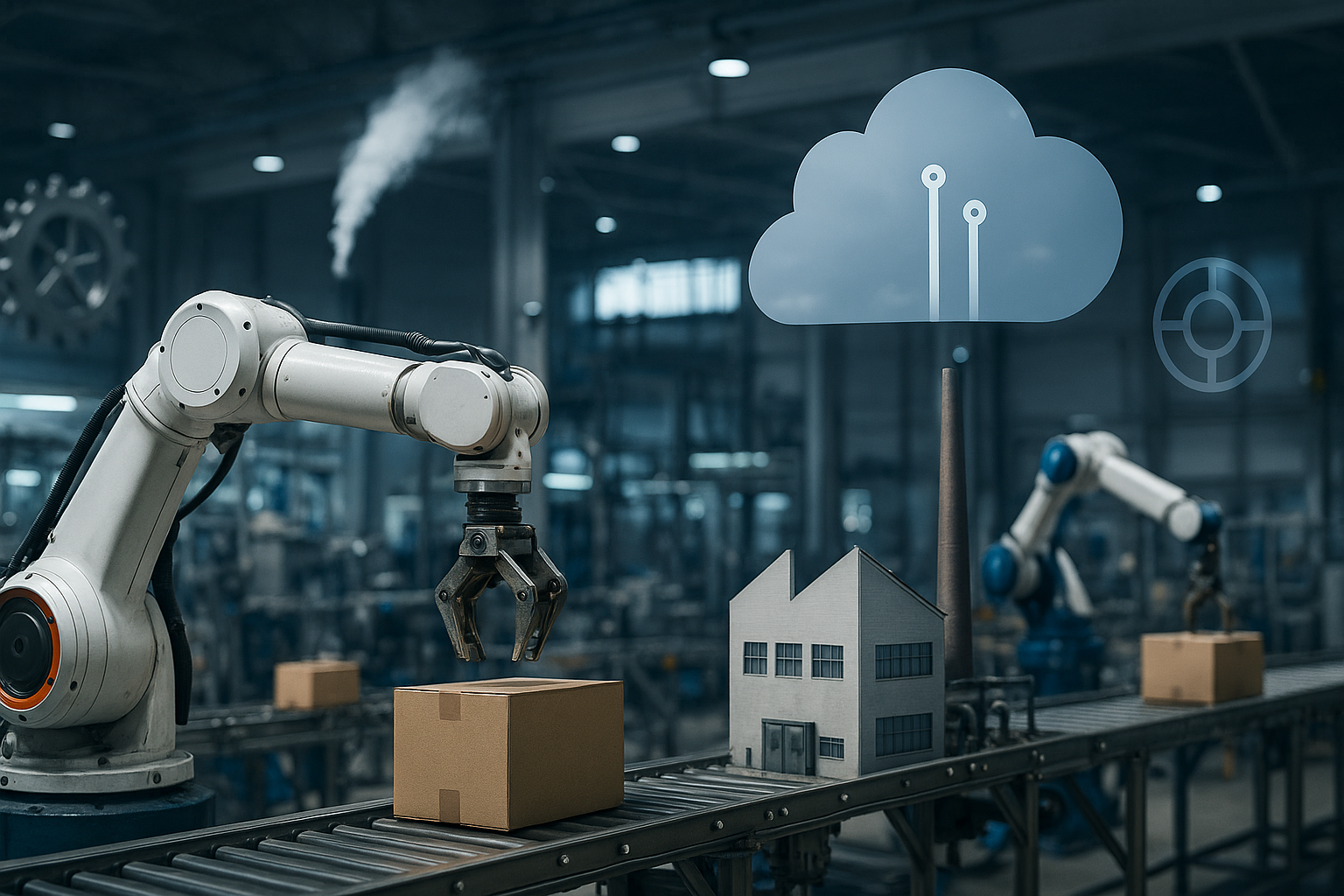From Grit to Grid: The Smart Factory Revolution
For more than a century, manufacturing was all about grit — loud machines, manual oversight, and the kind of work that made productivity visible in sweat and steel. But that era is fast dissolving. In its place stands a new architecture of industry: one built on algorithms, sensors, and autonomous decision-making. The smart factory isn’t coming — it’s here, and it’s rewriting every rule.
Artificial Intelligence is now the strategic engine behind this shift. It’s not just automating tasks; it’s analyzing data in real-time, forecasting maintenance needs before breakdowns occur, and even rerouting supply chains autonomously when disruptions arise. Factories are evolving from static production lines into adaptive, intelligent ecosystems. The result? Speed, precision, and output levels previously unimaginable.
But this isn’t just a story for engineers and executives. The AI-led manufacturing transformation has far-reaching implications — for marketers tracking performance data, for workers rethinking their roles, and for consumers demanding customization at scale. This isn’t just a tech trend. It’s an economic earthquake, and understanding it is no longer optional — it’s strategic.
Machines That Think: Where Automation Ends and Intelligence Begins
Automation once meant programming a machine to repeat a task. It was about speed and uniformity — building more, faster. But AI flips that script. Smart factories now use machine learning, computer vision, and edge computing to create systems that adapt and improve autonomously. This isn’t automation. It’s cognition.
In smart manufacturing, machines no longer just follow instructions — they interpret context. A robotic arm adjusts its grip based on material anomalies detected in real time. A predictive model halts production when it anticipates a component failure, not after it happens. These are not scripted responses but informed decisions based on data patterns far too complex for humans to process at speed.
The implications are profound. Productivity is no longer tethered to labor hours or machine uptime. Instead, it’s driven by how well a system can learn, self-correct, and operate in uncertainty. This leap in intelligence changes the nature of competition: the smartest factory wins, not the biggest.
The New Face of Productivity: Faster, Leaner, Smarter
In the traditional factory model, productivity was a matter of throughput — how many units per hour, how little downtime, how efficient the labor. But AI doesn’t just improve metrics; it redefines them. In smart factories, productivity is measured in micro-decisions, each one shaving seconds off production or cents off cost — multiplied across millions of operations.
AI systems now optimize workflows in real time. They adjust inventory based on demand fluctuations, reorganize production sequences based on supply chain volatility, and even reroute tasks to different machines depending on performance metrics. This creates a living, breathing operation that learns and adapts faster than any human manager ever could.
The result? Leaner operations with less waste, fewer errors, and significantly lower costs. But more importantly, smarter operations — where the focus shifts from merely producing more to producing better, with precision and predictive insight. It’s not about working harder or faster; it’s about thinking sharper and acting sooner.
Built on Code, Threatened by Chaos
Smart factories may be marvels of modern engineering, but they’re not invincible. In fact, their greatest strength — reliance on data and code — is also their greatest vulnerability. As manufacturing becomes more digitized, it inherits the same fragilities that plague the tech world: cyberattacks, data corruption, and algorithmic failure.
A single software bug can halt an entire production line. A cyber breach can expose proprietary processes or even hijack connected machinery. And then there’s the human cost — as AI systems displace repetitive labor, the workforce faces a new crisis: adapt or be automated out. For all its promise, the smart factory also challenges the social and ethical fabric of industrial labor.
There’s also the problem of over-reliance. What happens when decision-making is outsourced to systems that operate on opaque logic? Blind trust in AI models can lead to catastrophic blind spots. The smarter the system, the more tempting it becomes to stop questioning its outputs — and that’s when mistakes scale fast.
To truly harness the power of AI, manufacturers must confront these risks head-on. That means building not just intelligent factories, but resilient ones — with safeguards, transparency, and a reimagined human role in the loop.
Blueprints of the Future: What Smart Factories Signal for Us All
Smart factories aren’t just a manufacturing story — they’re a mirror reflecting where all industries are heading. When machines can adapt in real time, when data dictates decisions, and when output scales without proportional input, the boundaries of business as we know it start to blur.
Marketers, for instance, can draw lessons from the hyper-personalized production capabilities of AI-driven factories. The same technologies that allow for real-time manufacturing adjustments can enable campaigns to evolve dynamically based on consumer behavior. Logistics, healthcare, even retail — every sector has something to learn from the intelligence embedded in these next-gen industrial systems.
But more than that, smart factories force a rethink of what it means to be productive, agile, and competitive in a data-driven world. They’re not just producing goods; they’re producing insights, feedback loops, and new standards for operational excellence.
This isn’t a manufacturing trend. It’s a signal flare for the future of work, value creation, and strategic adaptation. Whether you’re on the factory floor or the front lines of customer engagement, one thing is clear: the age of industrial intelligence is already here — and no one can afford to ignore it.
Ressources :
- McKinsey – How manufacturing’s Lighthouses are capturing the full value of AI
- World Economic Forum – How AI is transforming the factory floor
- McKinsey – Adopting AI at speed and scale: The 4IR push to stay competitive
- Analytics at H-in-Q



